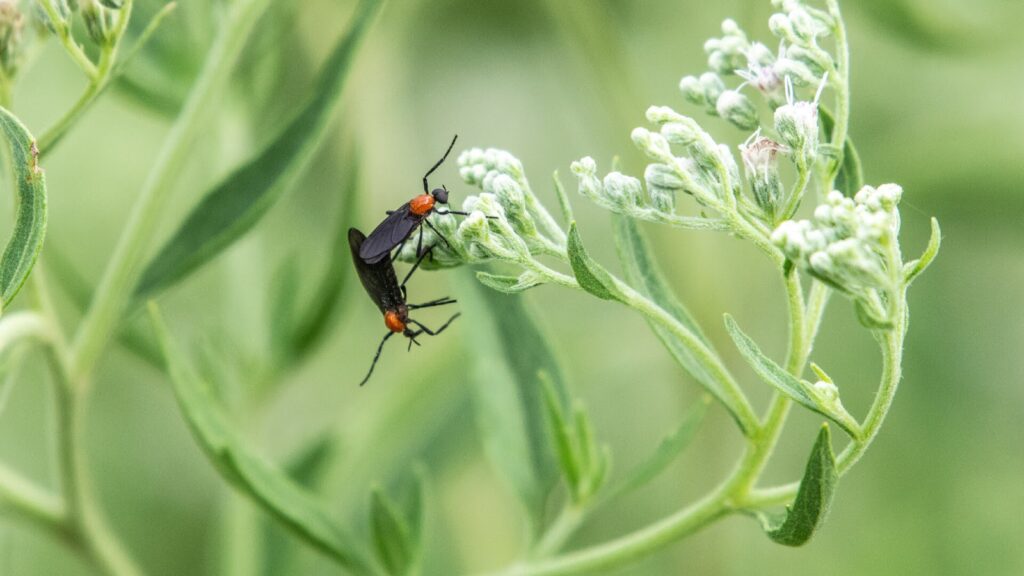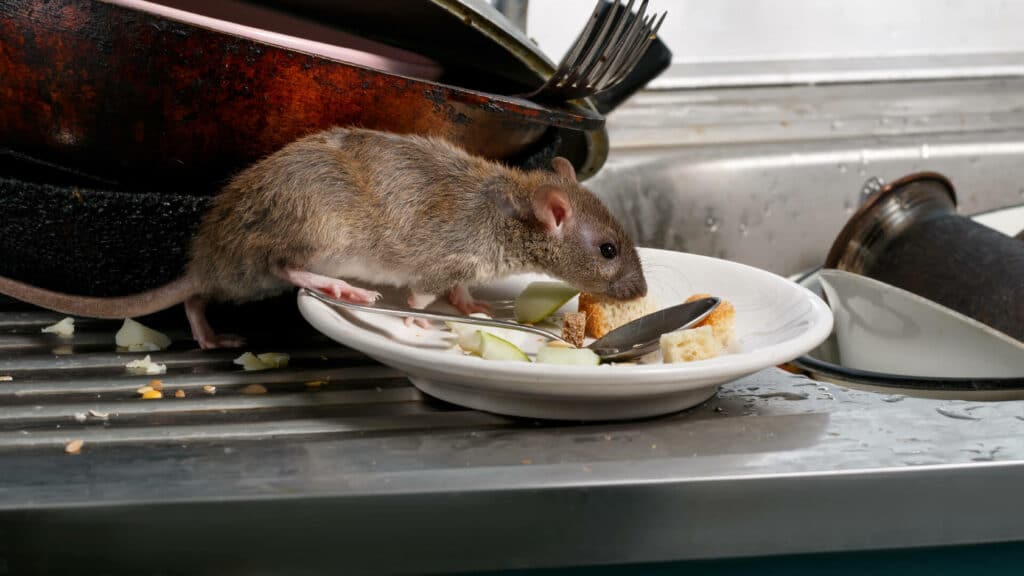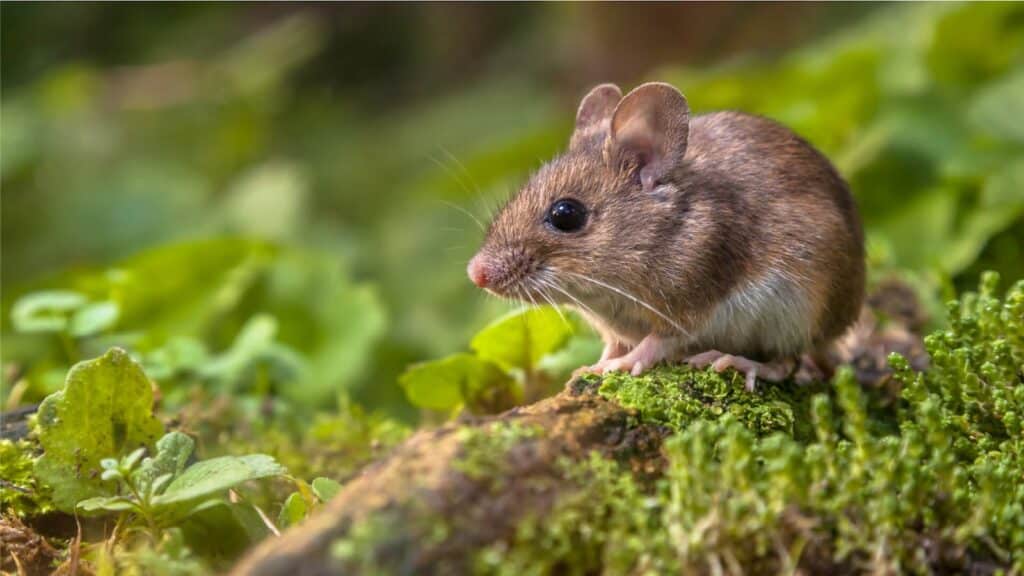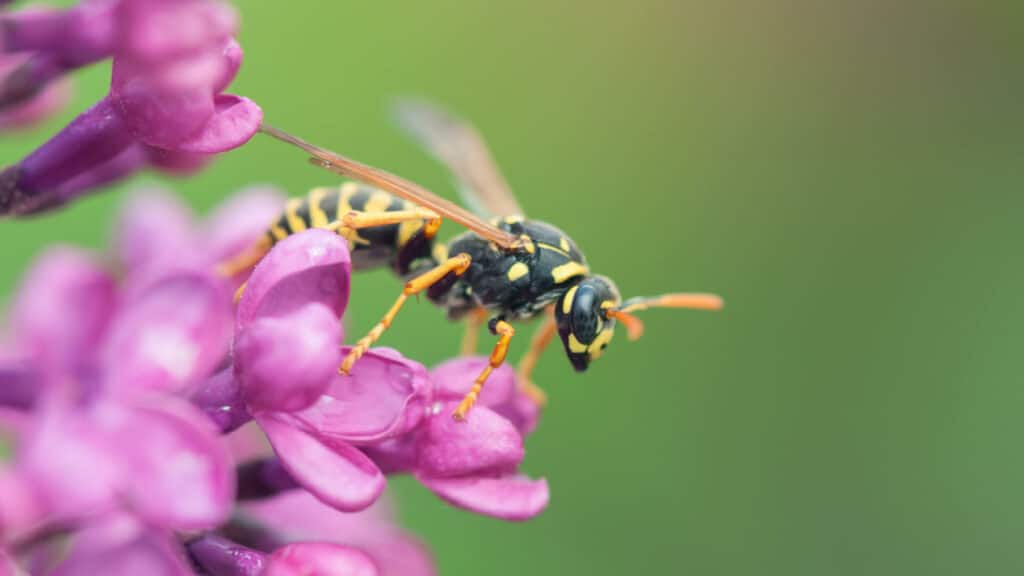Pantry pests are not harmless. They may not bite you or make you sick, but the harm they cause to your food supply is bad enough. Not only do pantry pests make your food inedible, but you have to spend a bunch of money to replace the contaminated food. Plus there’s the cost of pest control to get rid of any pantry pests that weren’t thrown out with the food.
So yeah, even though pantry pests won’t bite you, they still cause plenty of harm to your food and your wallet.
This means that you want to catch them early if they do come into your home, not to mention do your best to prevent them from coming inside in the first place. But if they do come inside, you need to know how to recognize the signs of pantry pests quickly and how to get rid of them. Let’s talk about a few of the most common pantry pests you might have to deal with so you’ll be ready when they come.
Signs of Weevils
Weevils are probably one of the best-known pantry pests in the United States. But did you know that there are thousands of varieties of weevils in the world? Luckily, there are only three types of weevils that you are likely to find in your home in the United States – rice weevils, maize weevils, and granary weevils.
All of these weevils are pretty small as adults (typically less than ¼ inch long). Adult weevils all have long, skinny heads like snouts, while the babies are little pale grubs without legs. However, aside from those general similarities, each type of weevil is different.
Rice weevils are particular problems because they have a much longer lifespan than the other weevils, so they can spread further and reproduce more as well. You can identify a rice weevil by the four reddish spots on its back and the fact that it can fly.
Maize weevils are similar to rice weevils, but they are a bit bigger and darker colored. Additionally, maize weevils typically grow slower than rice weevils. Maize weevils can, however, fly like the rice weevils.
Granary weevils are more round than maize and rice weevils, and they tend to be bigger and darker as well. They can’t fly, and they only live for a few weeks. Unlike other weevils, granary weevils live only in human food, while other weevils sometimes venture out to other places for food.
You can recognize weevils in your pantry a few ways. The first thing you’ll probably notice is the larvae in food that hasn’t been sealed well. You’ll also start seeing more adults around in the pantry as well as their droppings.
Signs of Grain Beetles
Grain beetles are tiny creatures as well, about the same size as a sugar ant (2-3 mm). However, they are distinct from ants by the shape of their bodies. Though their bodies are split into 3 sections, like ants, the rear part of their bodies is longer, and their bodies are overall a little more flat and brown. You’ll also see faint textured lines along the length of their bodies.
When grain beetles get into your food, it’s hard to see them at first. You’ll probably miss their larvae and eggs, tiny as they are. So it’s the adult grain beetles that you’ll need to keep an eye out for.
One of the most tell-tale signs of these pantry pests is the food they eat and live in. The food will likely start to change temperature and get warmer than it ought to be. You’ll also probably see grain beetles crawling in the food and find holes in the packaging where the grain beetles have chewed through to make entrances.
Signs of Indian Meal Moths
Most signs of pantry pests are small and easy to miss, but Indian meal moths are a bit different. You’re more likely to see the larvae, and you will likely see the moths themselves. The larvae are light-colored except for the head, which is dark brown. The grown moths, on the other hand, are often a creamy color, though the color can vary quite a bit and can change based on what the Indian meal moth has been eating.
Seeing the moths in your home is the most obvious way to find out if you have an invasion in your pantry. However, you can also find out if you have Indian meal moths in your home by looking for clumps in your food. When Indian meal moths reproduce, they lay their eggs in the food and bind the eggs and larvae together with a sticky webbing. That webbing also sticks the nearby food together, forming clumps.
How to Deal with Pantry Pests
Preventing Pantry Pests
Pantry pests are a unique type of pest because they usually don’t find their way into your home on their own. Instead, they are usually carried into your home in food that they have already infiltrated. This makes prevention a little harder and different from what you would do for most house pests.
When you’re at the grocery store, do what you can to check food for pantry pests before you purchase it and take it home. After you get the food home, store it in airtight containers to keep bugs out or prevent them from spreading if you happened to miss them in the food.
It’s also important to watch for signs of pantry pests like larvae, droppings, chewed holes, etc. These signs can inform you early on and help you protect some of your food from harm. But if you happen to miss the signs of pantry pests, here’s what you can do:
Getting Rid of Pantry Pests
First and foremost, throw out the contaminated food. The longer that food stays around, the more other food will be infested as well. Check your pantry for any and all food that could have been contaminated by the pests.
Once you’ve cleared out all of the contaminated food, vacuum the pantry and get rid of any other hidden pantry pests. Don’t use pesticides to do this because it isn’t safe to use around food or areas that store food. Even professionals shouldn’t treat food areas like pantries. However, professional pest control can still help by treating nearby areas for any pantry pests that might be hiding in cracks or corners.









